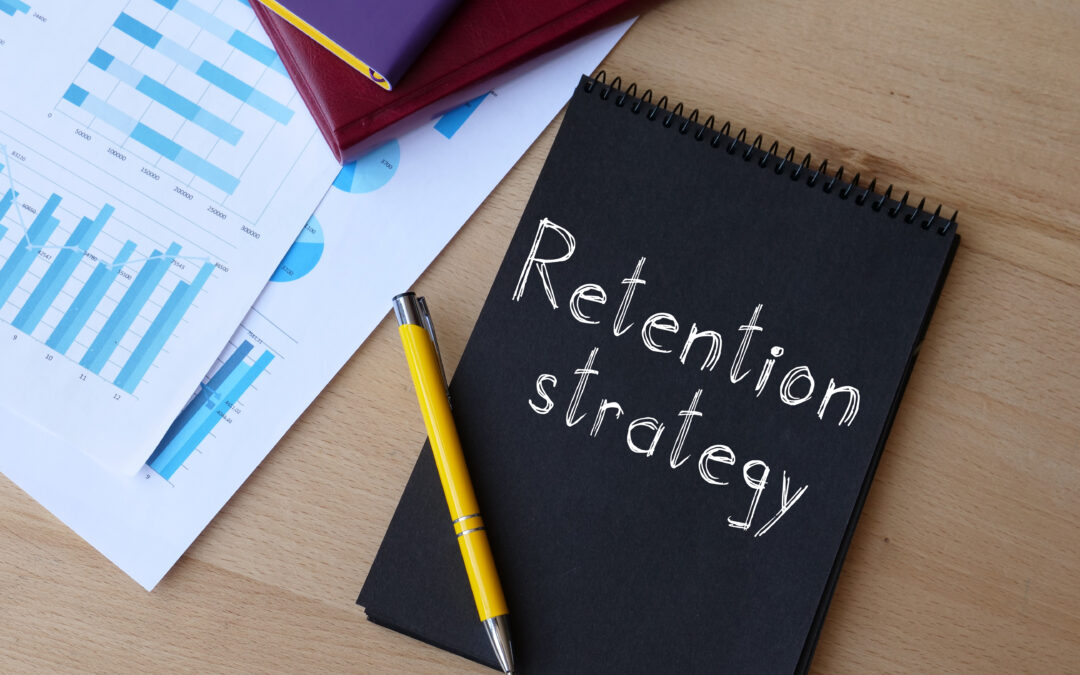Retention isn’t just about keeping employees — it’s about keeping the right employees engaged, motivated, and growing alongside your business. As 2026 approaches, HR teams are once again balancing shifting workforce expectations, evolving hybrid models, and increasing competition for talent.
A thoughtful retention strategy doesn’t happen by accident. It’s the result of consistent planning, communication, and alignment between leadership and employees. Here’s how to build a strategy that not only retains your team but helps them thrive in the year ahead.
Understand Why People Stay — and Why They Leave:
Before making changes, take a step back and analyze your current data. Exit interviews, stay interviews, and engagement surveys can reveal what employees value most — and where they see gaps.
Look for patterns in:
- Management effectiveness and communication
- Growth opportunities and career path clarity
- Workload and work-life balance
- Compensation and benefits satisfaction
Once you understand these insights, you can build targeted solutions rather than broad, reactive fixes.
1.Develop Clear Career Paths
One of the top drivers of turnover is the lack of visible growth opportunities. Employees want to know how they can advance, develop new skills, or move into new roles.
Create transparent career maps that outline possible progression and ensure managers can communicate these paths effectively. Even smaller organizations can do this with mentoring programs, internal project rotations, or education reimbursement opportunities.
When employees see a future with your company, they’re far more likely to stay invested.
2.Strengthen Leadership and Manager Training
Retention often lives or dies at the management level. Frontline and mid-level leaders directly shape employee experience, engagement, and trust.
Invest in manager development around feedback, recognition, and conflict resolution. Equip them to lead with empathy, set realistic expectations, and create space for open dialogue.
The goal isn’t to create perfect managers overnight, but to build consistent leadership behaviors that reinforce belonging and accountability.
3.Reevaluate Compensation and Benefits
Retention strategies aren’t just about culture — they also have to compete in the market.
Regularly review your pay structures, bonus programs, and benefits packages to ensure they’re aligned with current market data. Consider modern benefits that address today’s workforce needs: flexible schedules, mental health resources, dependent care support, or student loan assistance.
Employees are increasingly viewing benefits as part of their total experience — not just a paycheck add-on.
4.Build Recognition Into Daily Culture
A recognition program doesn’t have to be expensive to be effective. It just needs to be consistent and authentic.
Highlight achievements in team meetings, send personal notes, or use internal communication channels to celebrate milestones.
Recognition reinforces belonging and helps employees see that their efforts matter — a simple but powerful retention tool.
5.Revisit Flexibility and Work Design
Retention in 2026 will continue to be influenced by flexibility. Whether your teams are on-site, hybrid, or fully remote, employees will stay where they feel trusted to manage their time and responsibilities.
Review your scheduling, communication expectations, and collaboration tools to ensure flexibility doesn’t mean disconnection. Thoughtful boundaries and clear performance metrics can make flexible work sustainable for everyone.
6.Make Retention a Shared Responsibility
HR can lead the strategy, but retention succeeds when every level of leadership takes ownership.
Encourage department heads to set retention goals, track turnover trends, and celebrate progress. When leaders treat retention as a strategic priority — not just an HR initiative — it becomes embedded in your company culture.
Retention is a Strategic Advantage:
As you plan for 2026, remember that retention isn’t just about keeping seats filled — it’s about creating an environment where people want to stay.
By combining data, empathy, and consistent communication, you can build a workplace that not only reduces turnover but strengthens engagement, culture, and performance across the board.
If you’re looking to refine your retention strategy or align leadership on long-term talent goals, JB Consulting Systems can help you design an approach tailored to your organization’s needs.

